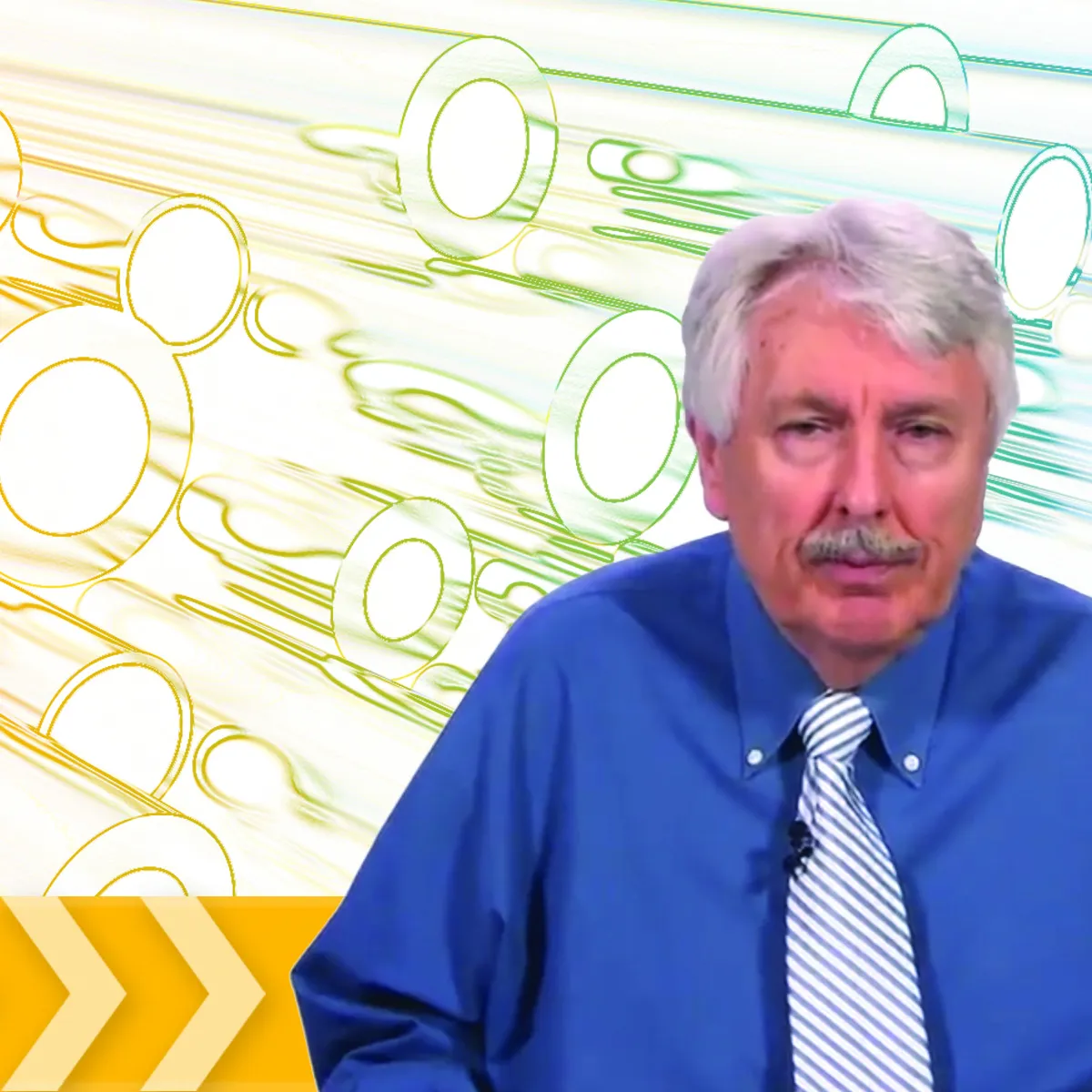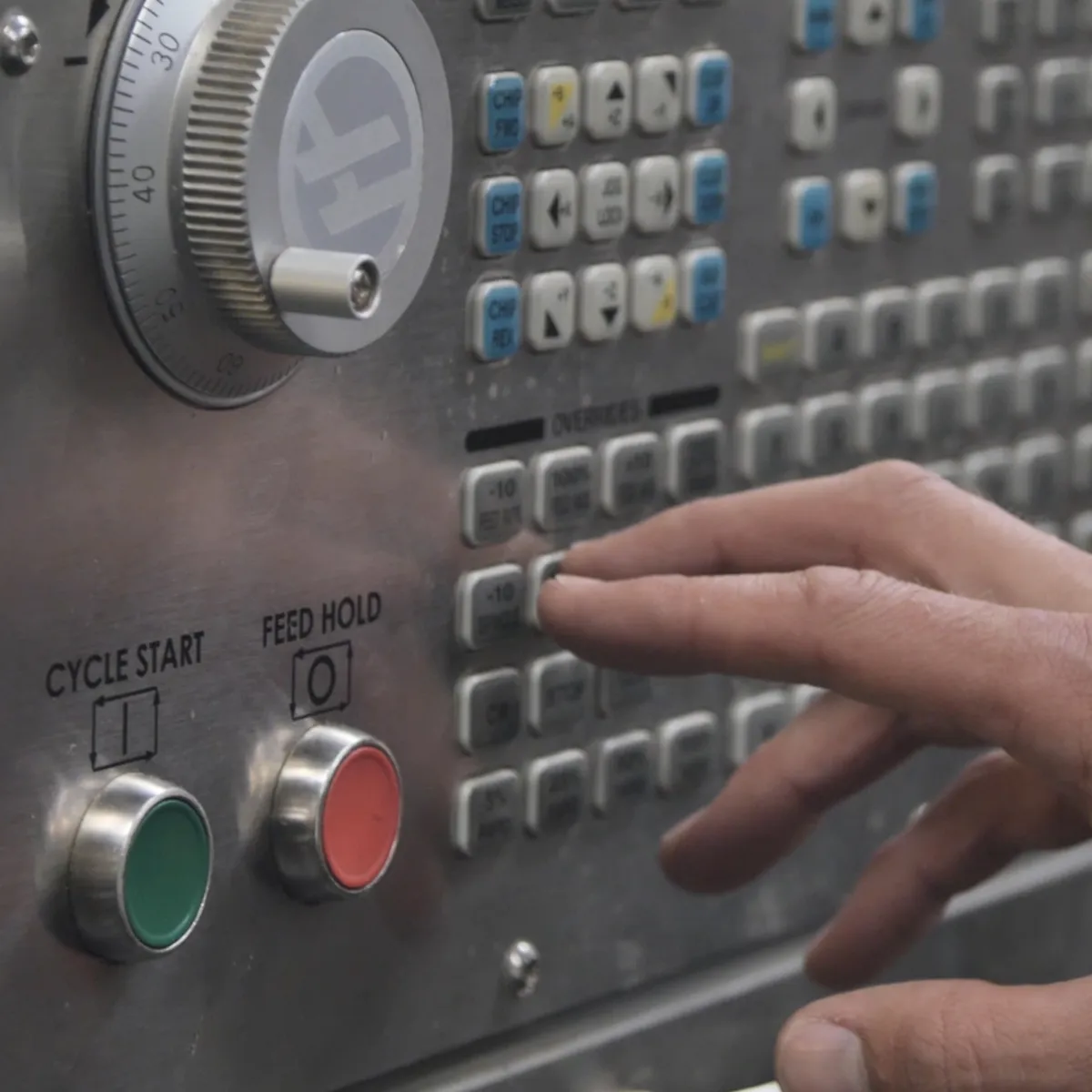
Material Processing 
This course will explore the fundamentals of material processing and how it affects the properties of materials. You will learn how to manipulate the microstructure of materials to achieve desired properties such as strength, ductility, electrical conductivity, and thermal conductivity. You will also learn how to identify and control the various processing techniques used to create materials with specific properties. This course will provide a comprehensive overview of the principles and techniques used in material processing, and will help you understand the engineering materials used in the world around you. ▼
ADVERTISEMENT
Course Feature
![]() Cost:
Cost:
Free
![]() Provider:
Provider:
Coursera
![]() Certificate:
Certificate:
Paid Certification
![]() Language:
Language:
English
Course Overview
❗The content presented here is sourced directly from Coursera platform. For comprehensive course details, including enrollment information, simply click on the 'Go to class' link on our website.
Updated in [May 30th, 2023]
This course is designed to help students gain a better understanding of the engineering materials used in the world around them. It will provide an introduction to the fundamentals of materials science, including atomic structure and bonding, crystal structure, atomic and microscopic defects, and noncrystalline materials such as glasses, rubbers, and polymers. By learning about the microstructure of materials and how it affects their properties, students will gain a deeper understanding of the materials used in everyday life.
Possible Development Paths in career or education, and Related Learning Suggestions
This course is an excellent starting point for anyone interested in pursuing a career in materials science or engineering. It provides a comprehensive introduction to the fundamentals of materials science, which can be used as a foundation for further study. Students who complete this course may wish to consider taking the other two courses in the series, which cover more advanced topics such as phase diagrams, mechanical properties, and corrosion. Additionally, students may wish to consider taking courses in chemistry, physics, and mathematics to gain a more comprehensive understanding of the materials science field.
Pros & Cons

Concise and clear graphics.

Good pace and content.

Valuable information and strategies.

Limited information on metal processing.

Short video lessons.

No example of steel grade calculations.
Course Provider

Provider Coursera's Stats at AZClass
Discussion and Reviews
0.0 (Based on 0 reviews)
Explore Similar Online Courses

STEAL this LOCAL SEO Strategy

Managing Common Outbreaks

Python for Informatics: Exploring Information

Social Network Analysis

Introduction to Systematic Review and Meta-Analysis

The Analytics Edge

DCO042 - Python For Informatics

Causal Diagrams: Draw Your Assumptions Before Your Conclusions

Whole genome sequencing of bacterial genomes - tools and applications

Cyber Security in Manufacturing

Creating Toolpaths for a CNC Lathe


Start your review of Material Processing